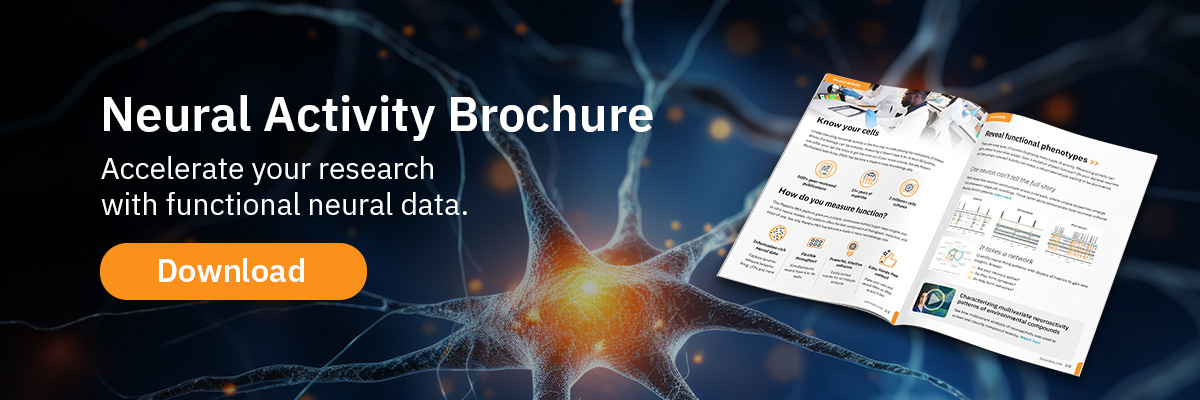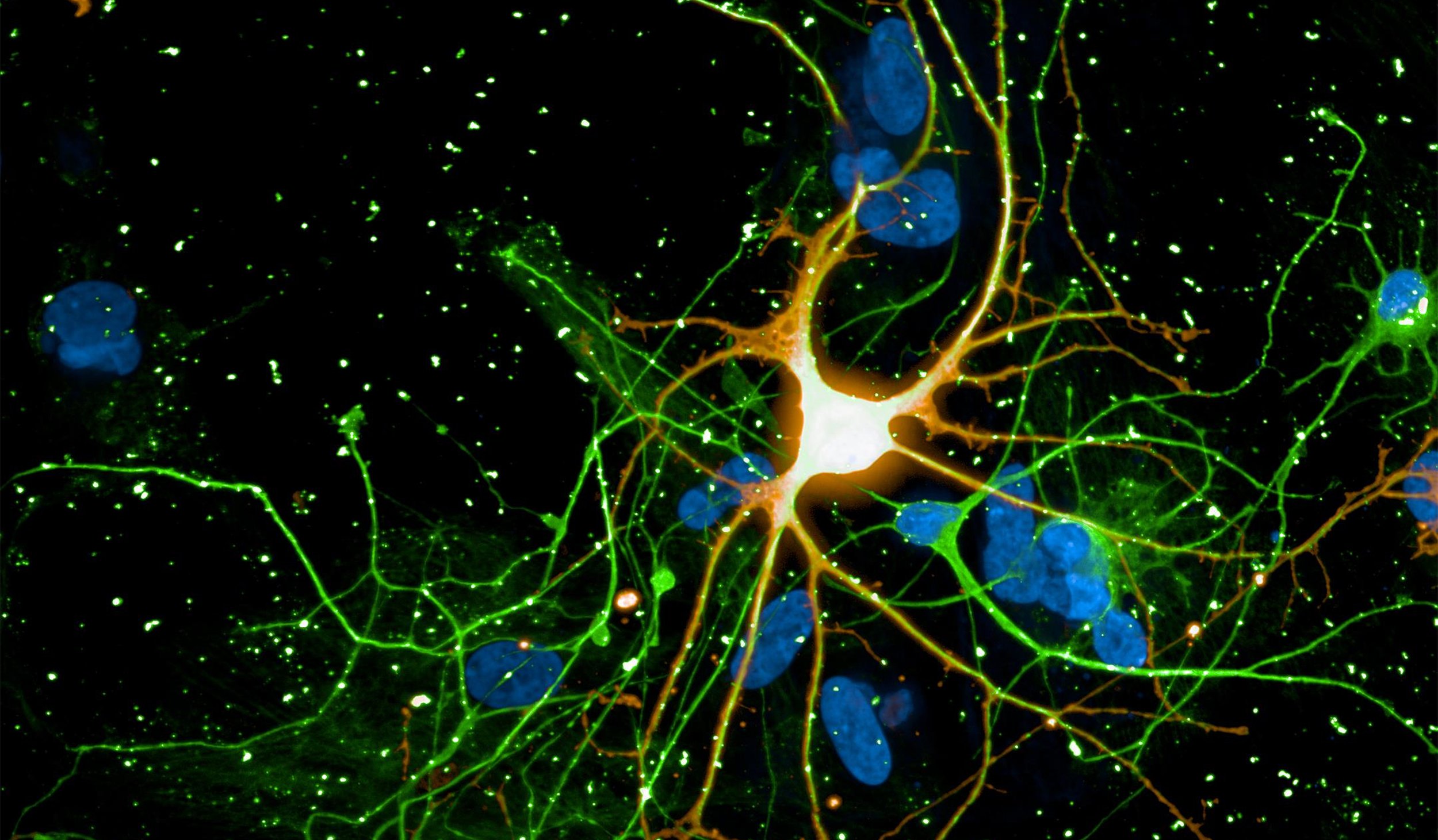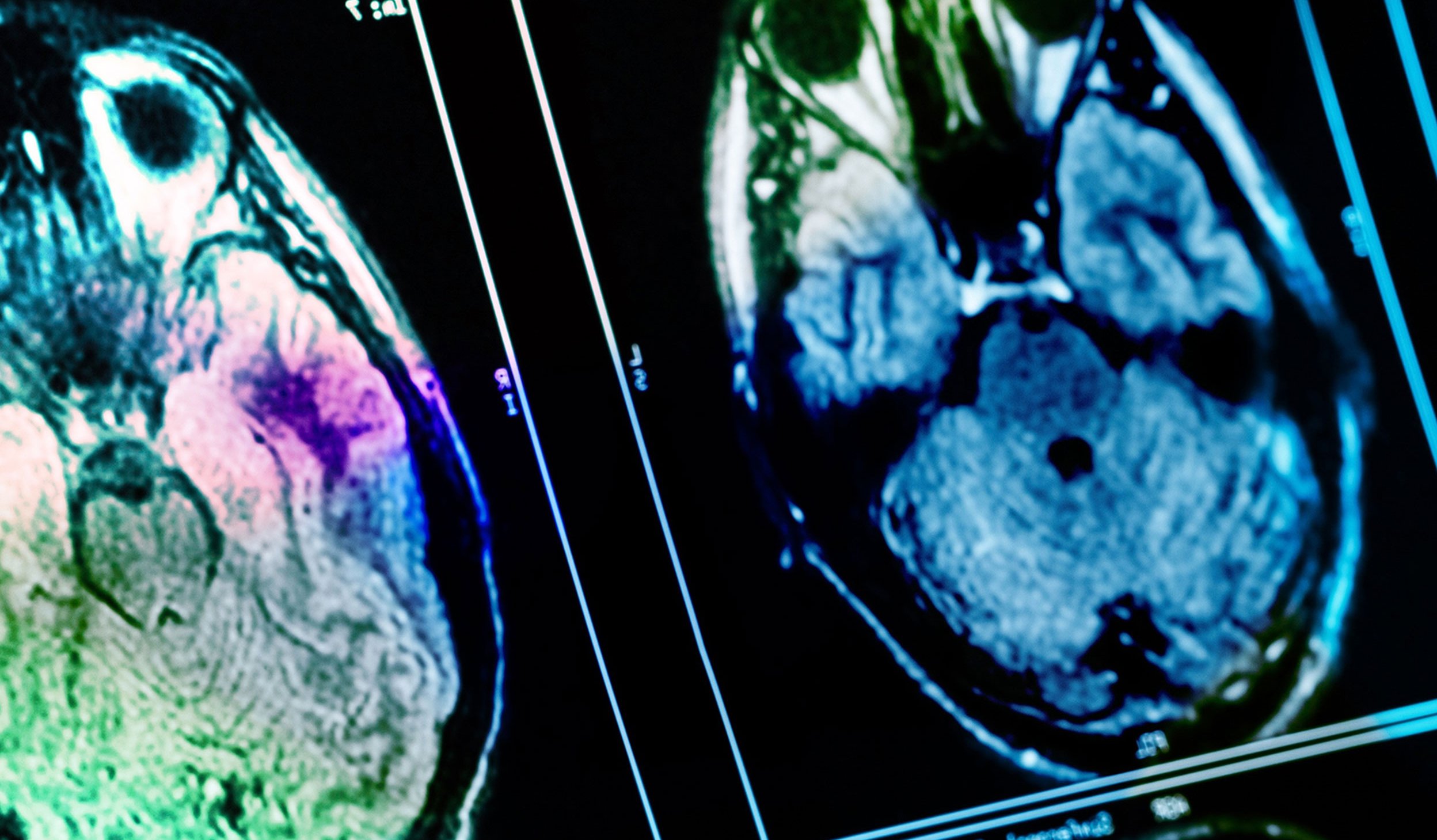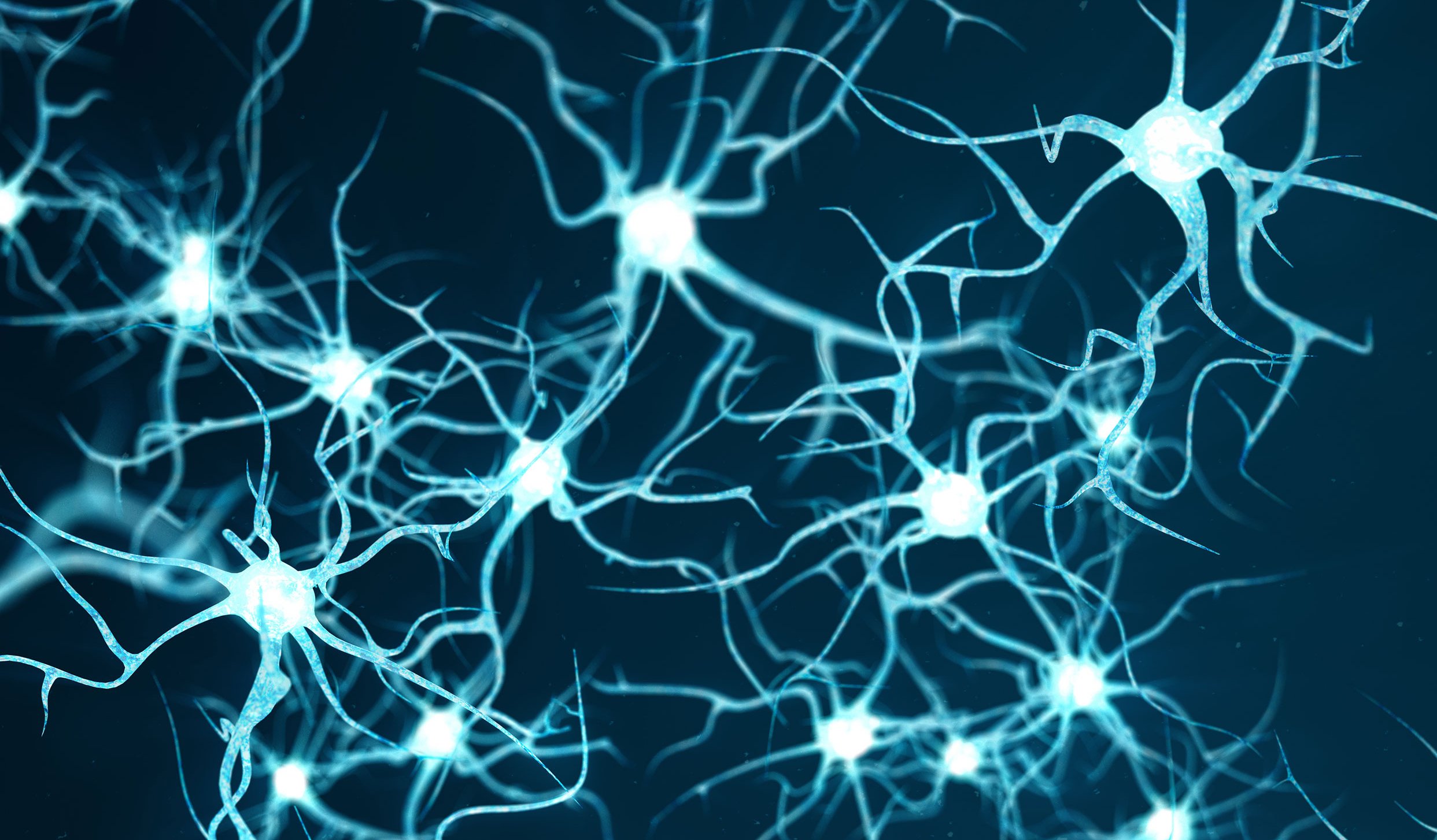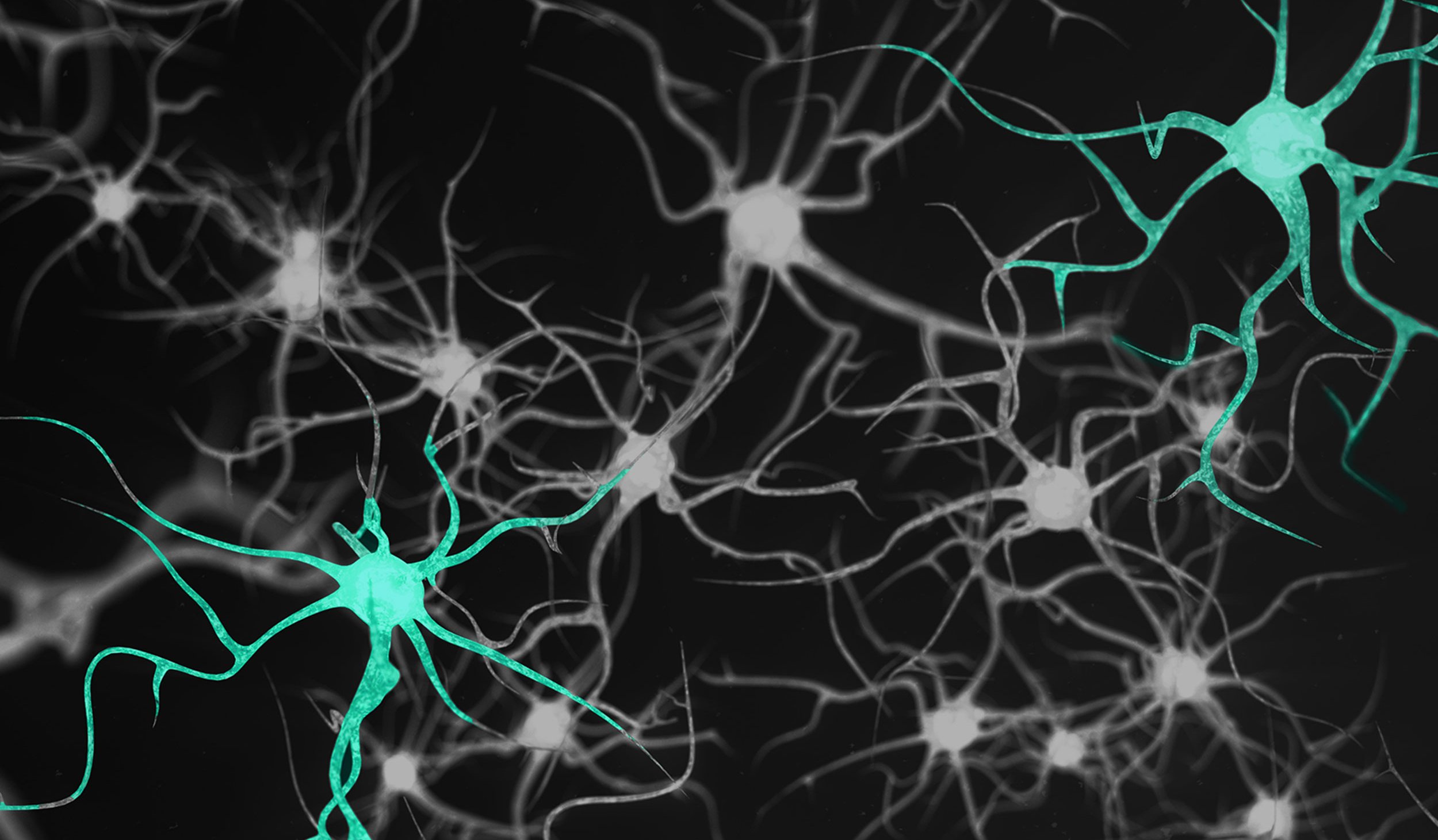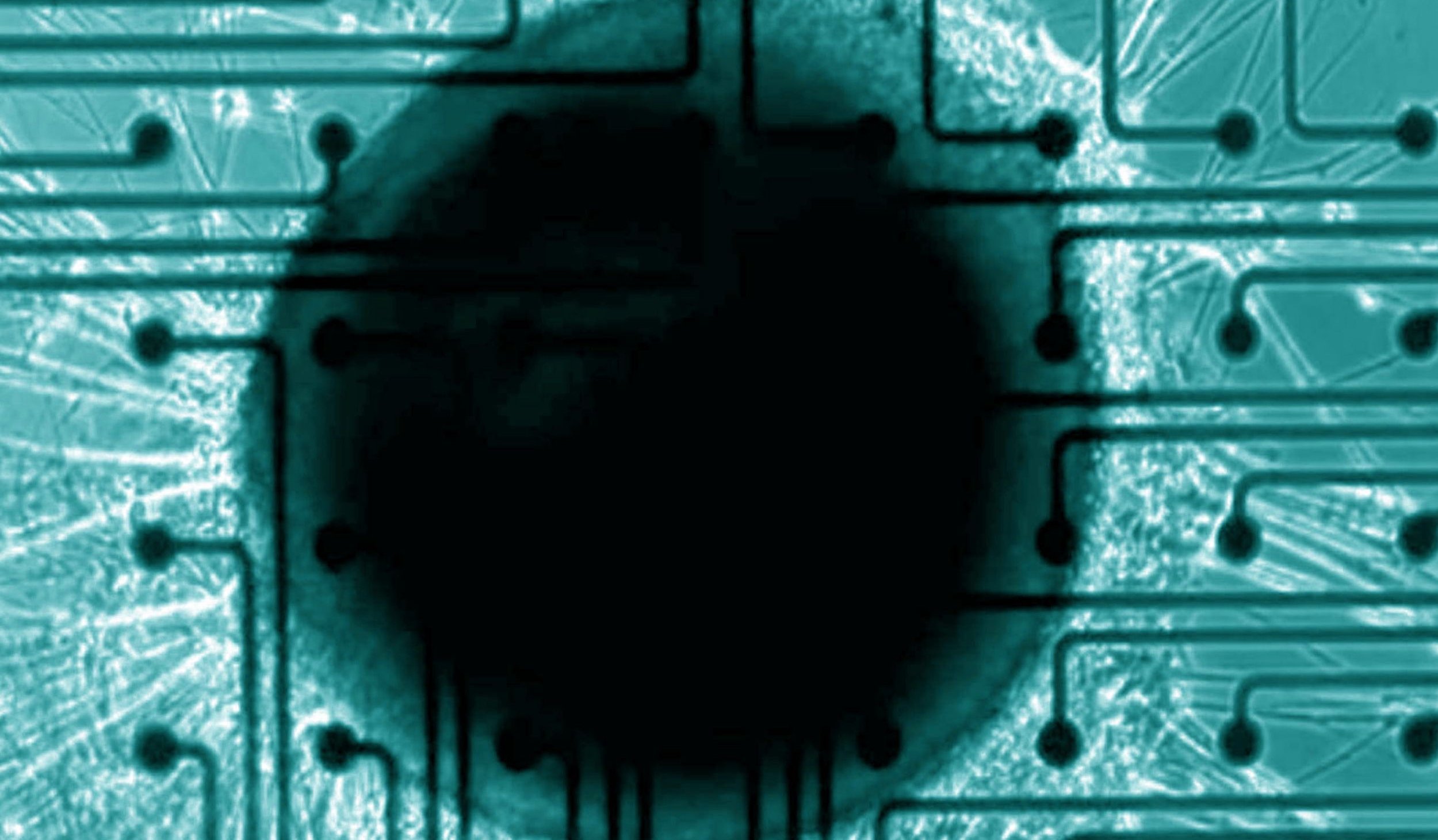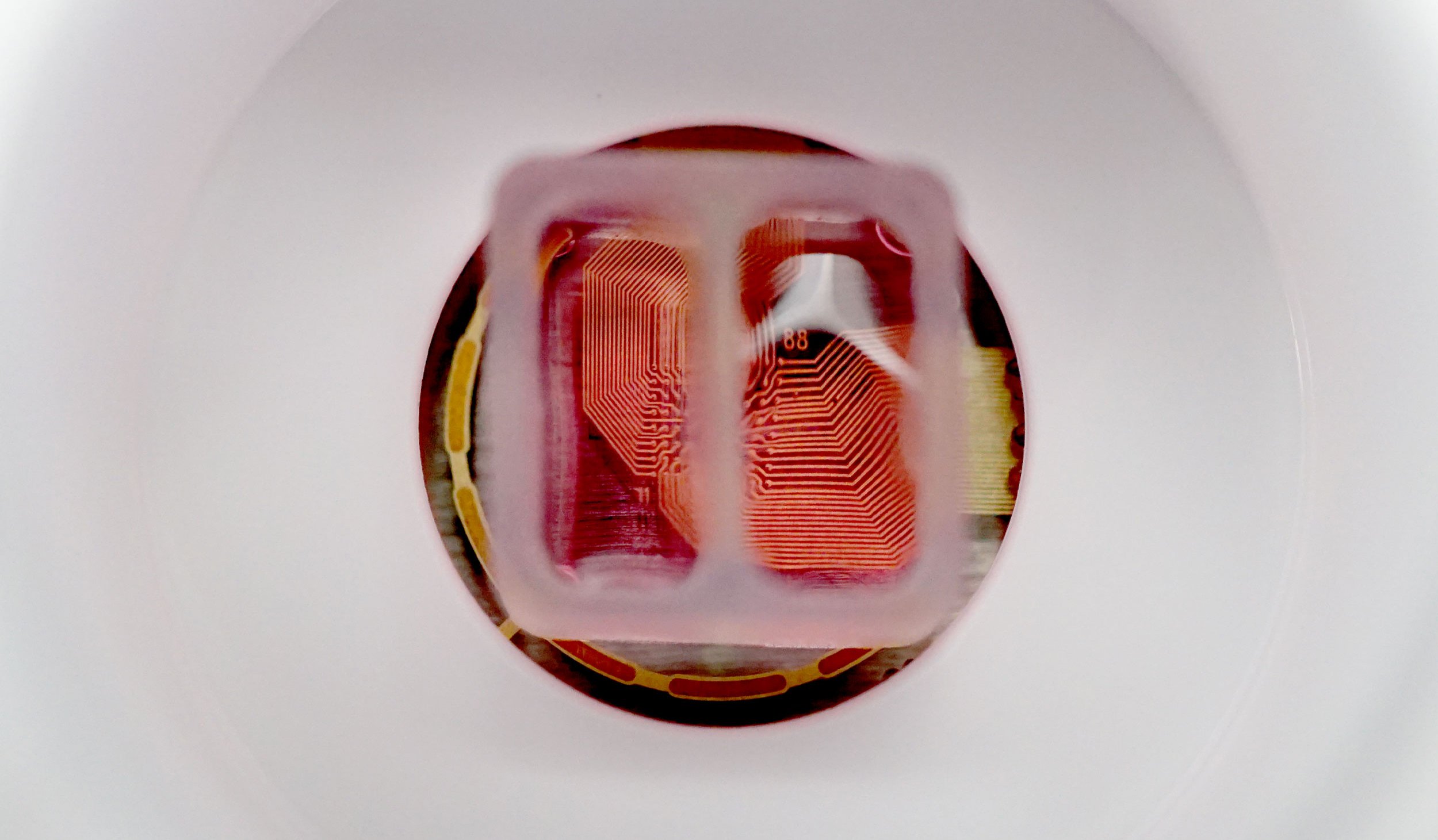

The difference is MEA
Altered neural function is the underpinning of many neurological diseases. Understanding neuronal activity is the first step in understanding the mechanisms of disease. But while the biology can be complex, measuring it doesn’t have to be. The Maestro MEA platform gives you a simple, noninvasive method to gain deep insights into your in vitro neural models. Unlock the mysteries of developmental and degenerative diseases, chronic pain, seizures and more.
The Maestro MEA platform can be quickly adopted by any lab to start getting rich neural activity data ideal for:
Functionally characterize your neurons and reveal the pathogenesis and progression of disease overtime.
Identify novel targets, explore precision medicine solutions, and accelerate regenerative medicine research.
Characterize the neuroactive properties of compounds in acute and chronic exposure studies.
Discover the power of functional data
Unlock a rich world of neural activity with MEA.
A simple assay can highlight the key differences in your disease models.
- Map activity and identify patterns in firing to create informative phenotypes
- Characterize network bursting in great detail
- Assess synaptic connectivity and network-wide synchrony
- Explore advanced population dynamics with local field potentials (LFP)
We have the tools to take your analysis further. See the neural metrics we provide here.

Measure neural activity like a Pro
Why choose Maestro MEA? >>
Accurately evaluating dynamic neural activity in vitro is essential for disease research and therapeutic discovery. Many researchers find the Maestro multielectrode array (MEA) platform offers the best combination of throughput, resolution, and ease of use. MEA has become a staple in many neurobiology labs for good reason:
>> Information-rich recordings: MEAs can measure both extracellular field potentials and action potentials (spikes) from neurons, providing robust feedback about network dynamics, including synchronization, firing rates, and connectivity.
>> High spatial resolution: MEAs consist of an array of electrodes designed to simultaneously record electrical signals from multiple points on a neural culture, enabling deep insights into network behavior.
>> Long-term monitoring: MEAs are noninvasive, allowing researchers to monitor neural activity over days, weeks, or months, which is essential for studying neurodevelopmental and neurodegenerative disease.
>> High throughput: MEAs can simultaneously record from many electrodes across many wells, enabling more efficient data collection and faster results for scientists in academic, pharmaceutical, and biotechnology settings.
>> Easy to use: Unlike other electrophysiological methods, MEA can be performed with basic cell culture techniques. Making the assay accessible to any lab.
>> Multiplex compatibility: Information obtained from MEAs can be combined with other techniques such as imaging to provide a more comprehensive picture of neural behavior.
